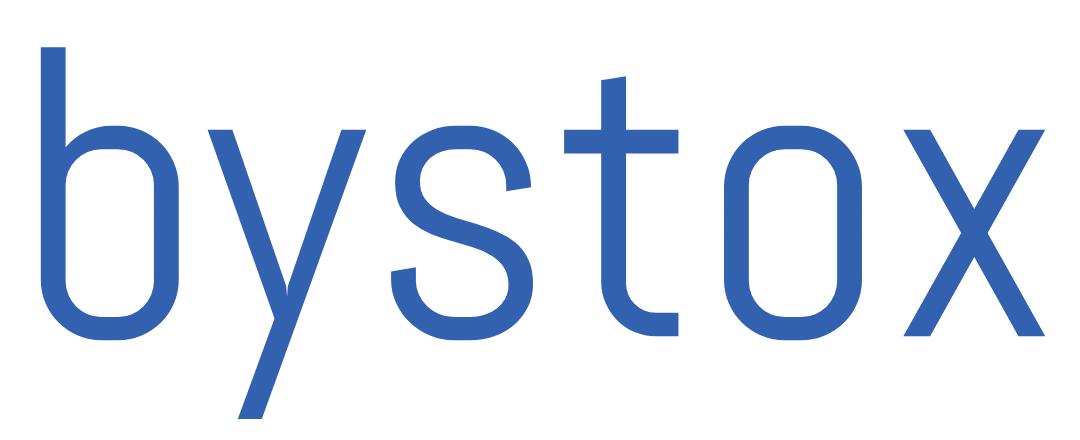“Andrew Holland, CEO of Avendus Capital, remains steadfast despite challenges in margin and deposit growth, as well as heightened scrutiny from the RBI. Speaking to ET Now, Holland emphasized his commitment to staying put, expressing his belief that significant opportunities lie within PSU banks, where he sees all the excitement and activity.”
The impressive improvement in asset quality and appealing valuations have led to a notable earnings turnaround, bolstering the performance of Public Sector Banks (PSBs). Bank of Baroda (BOB), Punjab National Bank (PNB), State Bank of India, and Canara Bank are among the PSU bank stocks hitting new 52-week highs.
However, the question remains: will this trend endure?
Andrew Holland, CEO of Avendus Capital, affirmed to ET Now that he intends to maintain his position despite challenges in margin and deposit growth, as well as increased oversight from the RBI. Holland emphasized his belief that the excitement and opportunities lie within Public Sector Banks (PSBs).
B&K Securities suggests that PSBs with surplus SLR and higher LCR are likely to play a significant role in the variable repo rate (VRR) volumes, estimated at Rs 9 lakh crore, with cut-off rates at 6.7 percent for various durations.
The brokerage anticipates that the utilization of borrowed funds with rollovers will support margins, particularly during the fourth quarter of FY24. From the first quarter of FY25 onwards, banks with a higher share of fixed-rate loans and repo-linked loans are expected to fare better amid a potential reduction in market yields. SBI is identified as a preferred choice among PSBs by the brokerage.
Jefferies observed that the PSU Bank index has surged by 78 percent year-on-year, outpacing private banks by 70 percentage points. This is attributed to PSU banks typically maintaining lower loan-deposit ratios, enabling them to drive loan growth. In FY24, PSU bank credit growth is trailing private banks by only a 2-3 percentage point gap, compared to the 8-10 percentage point gap seen before the Covid pandemic.
The comparison of PSU Bank valuations with the 2006-2012 period, characterized by similarly robust fundamentals and a rising capex cycle, indicates a potential rerating of 25-30 percent based on PE/PB valuations. Additionally, Jefferies anticipates normal Return on Equity (RoE) compounding-based returns exceeding 15 percent.
Disclaimer: The views and recommendations expressed above are solely those of individual analysts, experts, and broking companies, and do not necessarily reflect the opinions of Bystox. Investors are strongly advised to consult certified financial experts or professionals before making any investment decisions.

